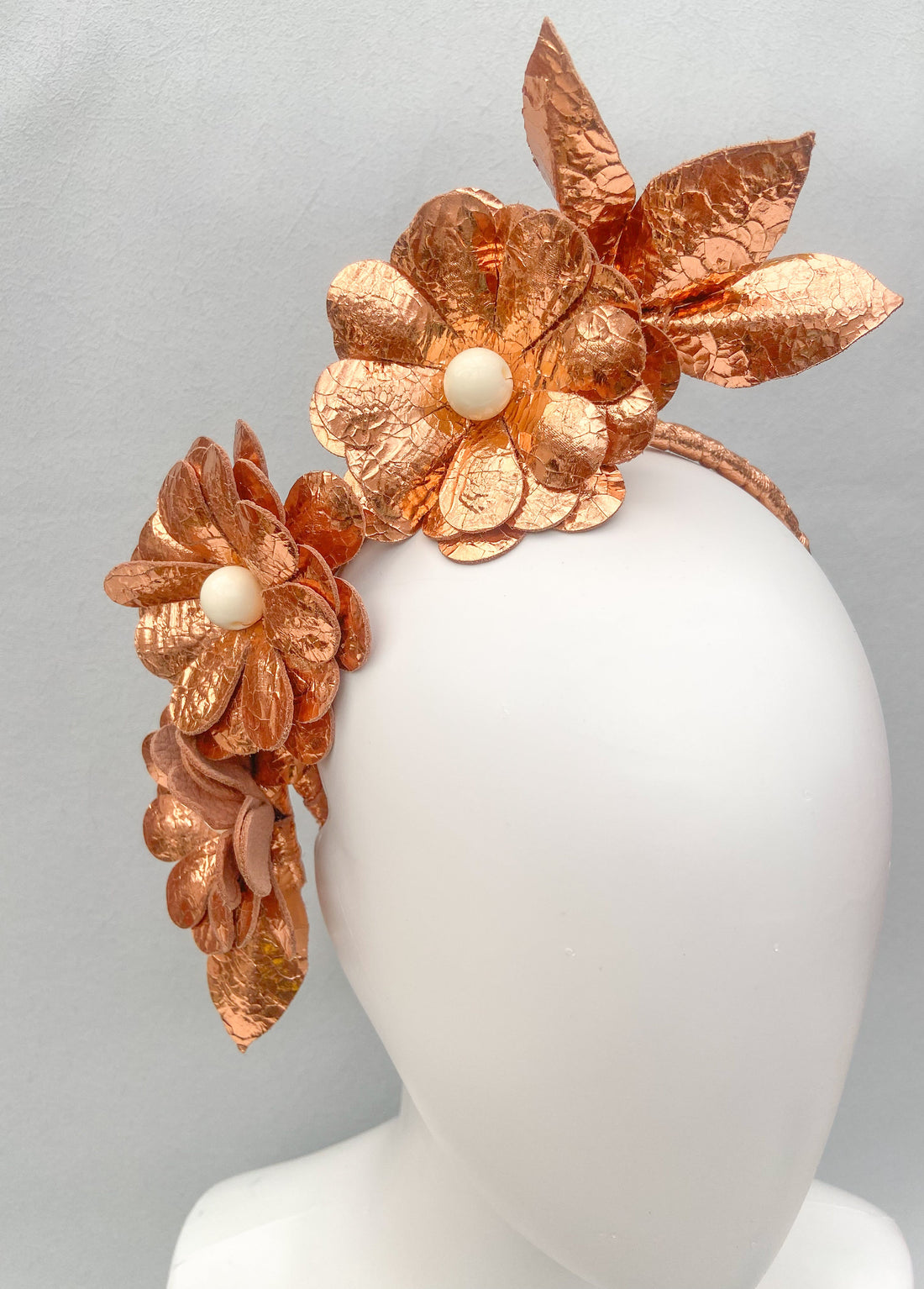
_Analogous Colors: Soft, Harmonious Fascinator Hues to Elevate Your Style_
Share
When it comes to fashion, colors play a crucial role in making a statement. While bold and bright hues can be eye-catching, there's something to be said for the soft, harmonious beauty of analogous colors. In this post, we'll delve into the world of analogous colors and explore how using adjacent hues on the color wheel can create stunning, cohesive fascinator designs that will elevate your style.
_What are Analogous Colors?_
Analogous colors are groups of three colors that sit next to each other on the color wheel. These colors share a common hue and have a harmonious relationship, creating a smooth, cohesive visual effect. Examples of analogous color trios include:
- Blue, green, and yellow-green
- Red, orange, and yellow-orange
- Purple, pink, and red-violet
_Why Use Analogous Colors in Fascinator Design?_
Using analogous colors in fascinator design can create a number of stunning effects. Here are just a few reasons why you should consider using adjacent hues on the color wheel:
- _Harmonious Color Scheme_: Analogous colors create a harmonious color scheme that's easy on the eyes. This makes them perfect for creating a cohesive, polished look.
- _Soft, Romantic Look_: Analogous colors can create a soft, romantic look that's perfect for weddings, formal events, or everyday wear.
- _Versatility_: Analogous colors can be used to create a wide range of looks, from bold and bright to soft and subtle.
_Soft, Harmonious Fascinator Hues to Try_
Ready to try your hand at creating stunning fascinator designs with analogous colors? Here are a few soft, harmonious hues to get you started:
- _Mint, Sage, and Seafoam_: This analogous color trio is perfect for creating a soft, romantic look. Try pairing mint green feathers with sage green flowers and seafoam blue accents.
- _Blush, Coral, and Salmon_: For a bold, yet harmonious look, try pairing blush pink feathers with coral orange flowers and salmon red accents.
- _Lavender, Lilac, and Wisteria_: This analogous color trio is perfect for creating a whimsical, romantic look. Try pairing lavender feathers with lilac flowers and wisteria blue accents.
_Tips for Using Analogous Colors_
While using analogous colors can create a stunning, cohesive look, there are a few things to keep in mind:
- _Choose a dominant color_: To avoid overwhelming the senses, choose a dominant color and use the other two hues as accents.
- _Consider the 60-30-10 rule_: When using analogous colors, try using the 60-30-10 rule. This means that 60% of the design should feature a dominant color, 30% a secondary color, and 10% an accent color.
- _Don't be afraid to experiment_: Analogous colors are all about experimentation and having fun. Don't be afraid to try new color combinations and see what works best for you.
_Conclusion_
Analogous colors are a powerful tool in fascinator design, allowing you to create soft, harmonious hues that elevate your style. By understanding the basics of analogous colors and following a few simple tips, you can create stunning, cohesive fascinator designs that will make you stand out from the crowd. So why not give analogous colors a try? Your fascinator (and your sense of style) will thank you!